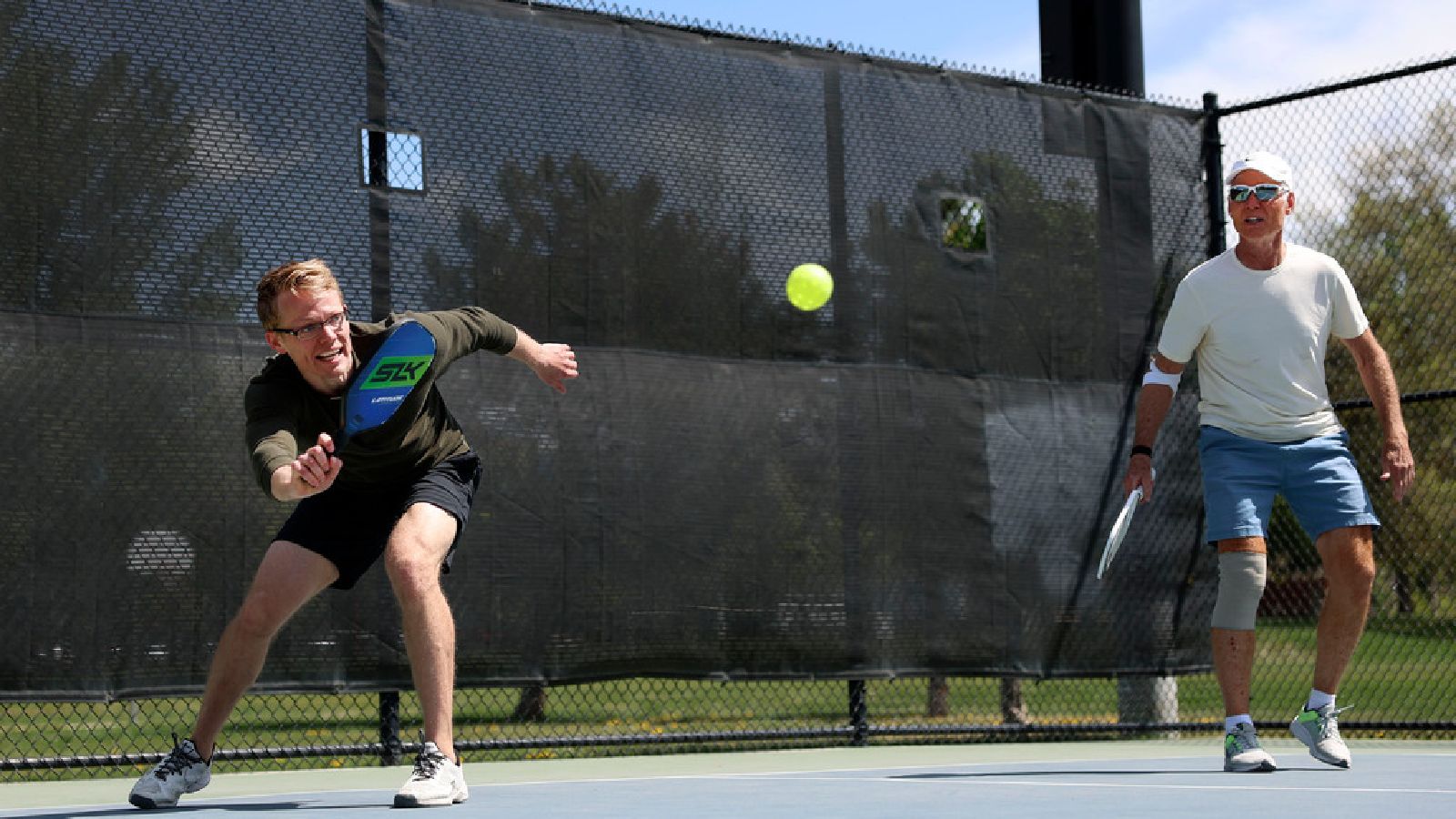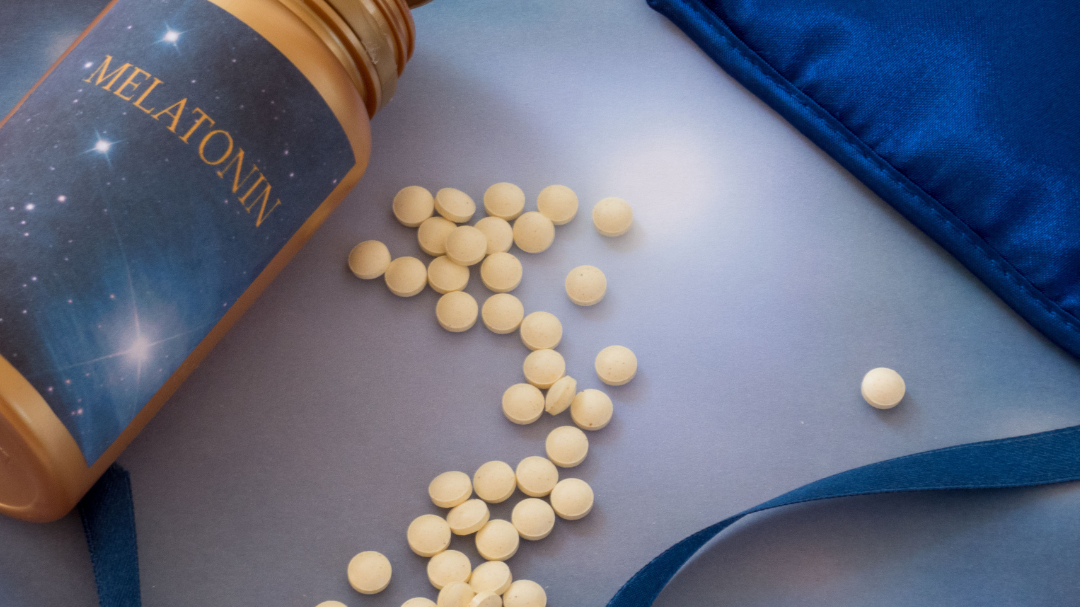The best mask against the omicron variant: Factors to consider
Jan 12, 2022, 6:51 PM | Updated: Apr 29, 2022, 11:12 am
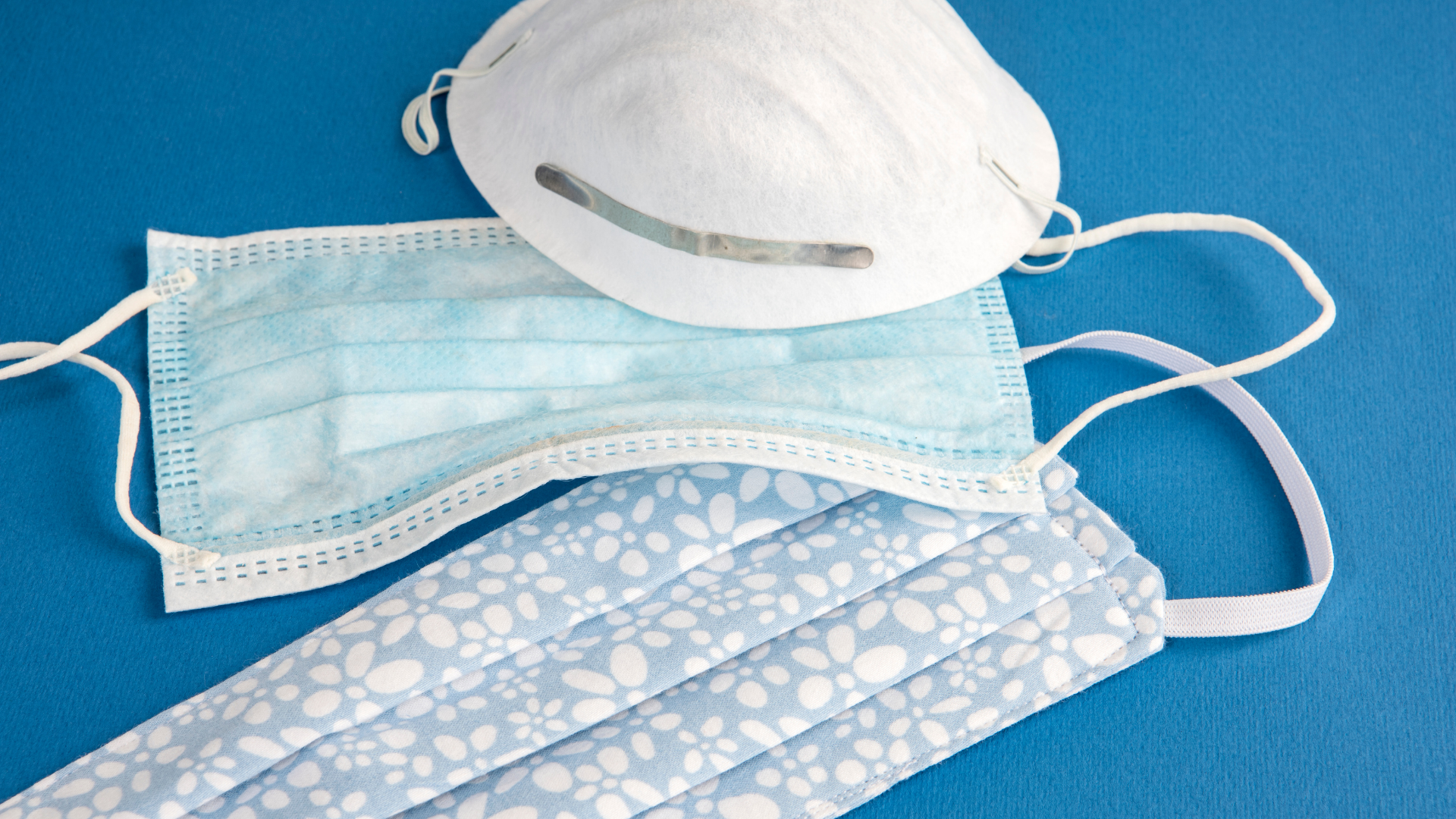
(Stock photo)
(Stock photo)
As Utah and the nation deal with surging cases of COVID-19, Google searches for “best mask for omicron” are on the rise. And the question returns: which mask offers the most protection?
Consumers generally compare cloth and surgical masks, as well as N95 and KN95 respirators, when deciding on the best mask to fight omicron.
The global health platform Patient Knowhow has ranked five aspects of masks that consumers should know about, and lists ‘high filtration” as an important mask attribute, followed by fit, durability, breathability, and quality control.
Based on available research, we’ll address how cloth and surgical masks, as well as N95 respirators, fit into each category. As a result, based on your preferences, this article should help you find the best mask to fight omicron.
The search for the best mask against omicron: N95 respirators
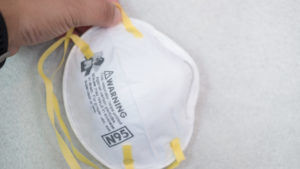
Filtration: According to the US Food and Drug Administration, “N95 respirators and surgical masks are examples of personal protective equipment used to protect the wearer from particles or from liquid contaminating the face.” The FDA further describes N95 respirators as “a respiratory protective device designed to achieve a very efficient filtration of airborne particles.”
Fit: The N95 mask is designed specifically to create a close facial fit.
Durability: N95 respirators are designed for one-time use. Washing the outer material could affect the filtration capability of the N95.
Breathability: Breathability is quantified in terms of breathing resistance. MakerMask.org, a volunteer organization that provides research specifically on mask materials and designs, tested two mask materials. They found that a combination of spun-bond polypropylene and cotton did not perform as well as polypropylene alone in their breathability tests.
Quality Control: The CDC’s National Institute for Occupational Safety and Health (NIOSH) regulates N95 respirators. This agency tests respirators for compliance with public health regulations. A NIOSH-approved N95 respirator can claim a 95% (or greater) efficiency rating (in other words, it blocks 95% of non-oil-based airborne particles). Consumers will see this rating on a box or bag of respirators, and in some cases on the respirators themselves.
Next-best mask against omicron: Surgical masks
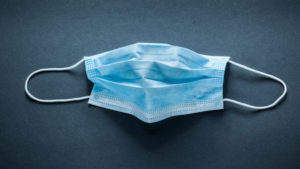
Filtration: The FDA describes surgical masks as a “loose-fitting disposable device” that acts as a barrier between the person wearing the mask and potential contaminants. Surgical masks may or may not meet fluid barrier or filtration efficiency levels. A surgical mask does not filter the size of particles transmitted by coughs or sneezes.
Fit: According to the FDA, “surgical masks do not provide complete protection from germs and other contaminants because of the loose fit between the surface of the mask and your face.”
Durability: Surgical masks are not intended to be used more than once.
Breathability: An offshoot of Medium, FixTheMask, compared surgical and cloth masks. It found that cloth masks generally perform better in breathability testing than surgical masks.
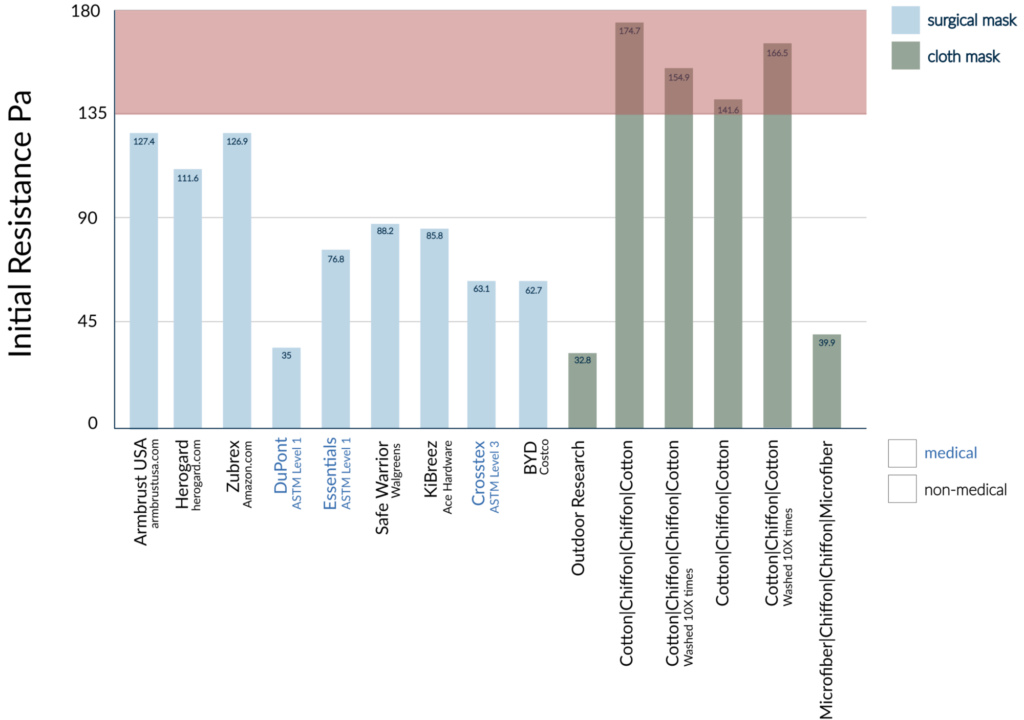
Source: FixTheMask, an offshoot of Medium
Meanwhile, Italian researchers compared 120 masks and found that “Masks made of nonwoven polypropylene with at least three layers (spunbonded-meltblown-spunbonded) showed the best results, ensuring both good breathability and high filtration efficiency.” Their results were published by The National Institutes of Health.
Quality Control: The FDA does not regulate surgical masks intended for public use, as opposed to medical use.
Is a cloth mask the best mask against omicron?
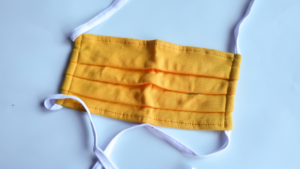
Filtration: A study conducted by the American Chemical Society offered a mixed review of the filtration capability of cloth masks. In general, it found that “cloth masks perform better at higher weave densities (i.e., thread count).” The same study found that filtration efficiency for cotton increases when combined with other fabrics (silk, chiffon, or flannel).
Researchers from the Center for Infectious Disease Research and Policy out of the University of Minnesota cite their laboratory studies and conclude that cloth masks “offer very low filter collection efficiency for the smaller inhalable particles (they) believe are largely responsible for transmission (of COVID-19).”
Fit: The American Chemical Society study found that gaps in a cloth mask “(as caused by an improper fit of the mask) can result in over a 60% decrease in the filtration efficiency.”
Durability: The Centers for Disease Control and Prevention suggest that cloth masks can be reused after being decontaminated, “ideally washing in hot water with soap. Other methods or products include using bleach, isopropyl alcohol, or hydrogen peroxide, autoclaving or microwaving, and application of ultraviolet radiation or dry heat.”
Breathability: At least one test comparing the breathability of various mask types found that “basic fabric masks were the easiest to breathe through.” The study author wrote that “the inhalation resistance for these masks was significantly lower than masks with extra filtration layers or combinations including N95s.”
Quality Control: There is a wide variety of masks made from cloth on the market today, and there is no uniformity when it comes to the type of material that is used or in the way they are designed. The lack of national or international standards makes quality control for cloth masks nearly non-existent.
Quality control and COVID-19 masks
The CDC reports that counterfeit N95 respirators are on the consumer market. If you decide the best mask to fight omicron is an N95 respirator, don’t be fooled. The respirator itself or the box in which it came should provide an ASTM or NIOSH approval label or stamp.
If it doesn’t, it likely will not offer the protections offered by a legitimate N95 respirator.
ASTM
ASTM is an international standard developing organization. According to the CDC, ASTM created the Barrier Face Covering Standard “to establish a set of uniform testing methods and performance criteria” for the many options now available to consumers for protective face masks.
This standard makes it easier for consumers to compare masks and to confidently make a more informed decision. The organization provides three ratings for face coverings. ASTM Level 3 masks protect the wearer from airborne particles.
NIOSH
The National Institute of Occupational Safety and Health (NIOSH) is a research agency of the CDC. Established by the Occupational Safety and Health Act of 1970, its stated goal is to conduct research to reduce worker illness and to advance worker well-being.
The agency oversees the certification of respirators and says that a NIOSH-approved respirator filters at least 95% of airborne particles.
NIOSH has identified seven types of NIOSH-approved particulate filtering facepiece respirators.
A note on the omicron variant
At publication date, the Centers for Disease Control and Prevention had not determined how quickly the omicron variant spreads. The agency reports that they are working with global partners to gather and study samples. They also report that scientific experiments have already begun.
However, non-peer-reviewed research, combined with input from the Salt Lake County Health Department and the Utah Department of Health, lean heavily toward the omicron variant causing the majority of new cases.
Specifically, research from Houston Methodist Research indicates:
The recently described variant of concern designated Omicron (B.1.1.529) has rapidly spread worldwide and is now responsible for the majority of COVID-19 cases in many countries. Because Omicron was recognized very recently, many knowledge gaps exist about its epidemiology, clinical severity, and disease course. A comprehensive genome sequencing study of SARS-CoV-2 in the Houston Methodist healthcare system identified 1,313 symptomatic patients with infections caused by Omicron from late November 2021 through December 20, 2021. Omicron very rapidly increased in only three weeks to cause 90% of all new COVID-19 cases.”
The Wall Street Journal reported on a study out of Hong Kong (not yet peer-reviewed) that found “omicron infects and multiplies 70 times faster than delta in the airways, and less efficiently in the lungs.”
Other related reading:
- How long can I reuse and wear my face mask or respirator?
- BYU nanofiber technology making more effective face masks
- How to handle difficult conversations with loved ones about masks and vaccines this holiday season
How To Prevent the Spread of COVID-19 Coronavirus (updated Jan. 2022)
The novel coronavirus COVID-19 spreads from person to person, similar to the common cold and the flu. So, to prevent it from spreading:
- Get vaccinated. Already vaccinated? Seek out a booster shot.
- Wear a mask. Here are the current CDC recommendations (as of Jan. 12, 2022):
- Unvaccinated people aged 2 years and older should wear a face covering when indoors.
- When outdoors, masks are generally not needed unless you are in a crowded setting.
- Unvaccinated or vaccinated people with weakened immune systems may face higher risks and should wear a mask indoors.
- Vaccinated or not, people should wear masks indoors in high transmission areas.
- Traveling? Wear a mask over your nose and mouth, a requirement on planes, busses, trains, and other public transportation when traveling into, within, or out of the United States.
- Stay six feet away from others (social distancing) especially if you are at high risk.
- Avoid crowds and poorly ventilated spaces.
- Testing. There are several types of tests for you to use if you suspect you are sick. These include viral and antibody tests, conducted by others or by you in your home (self-tests).
- If you test positive, you should isolate. The CDC now recommends a five-day isolation period, followed by five days of mask-wearing when around others.
Local resources
Utah’s Coronavirus Information
The Church of Jesus Christ of Latter-day Saints
Utah Coronavirus Information Line – 1-800-456-7707
National Resources
Centers for Disease Control and Prevention




